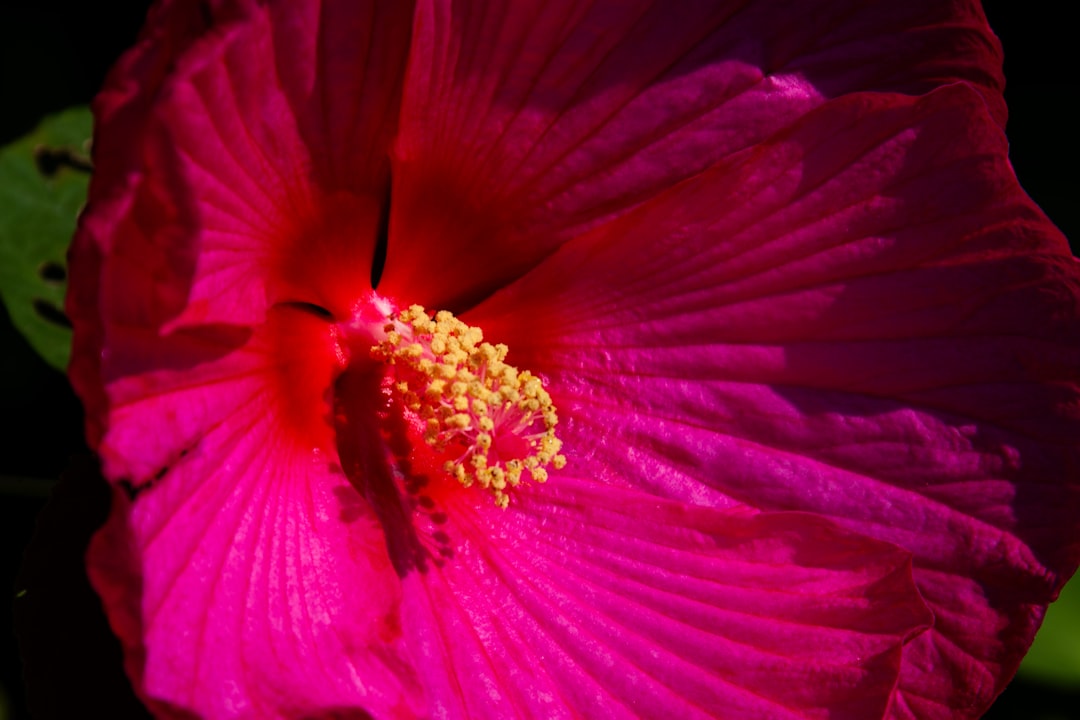
Transplanting or repotting plants can be a delicate process, and one of the biggest challenges gardeners face is preventing transplant shock. This can cause plants to wilt, grow slowly, or even die. However, with the right techniques, you can keep your plants healthy and thriving after the move. Here are some simple tips to help you prevent transplant shock and ensure the success of your garden.
Before you transplant your plants, it's crucial to prepare the new location. This includes choosing the right spot that provides the appropriate amount of sunlight, water, and nutrients for your specific plants. Make sure the soil is well - drained and rich in organic matter. You can improve the soil quality by adding compost or well - rotted manure. Dig a hole that is slightly larger than the root ball of the plant. This will give the roots enough space to spread out and establish themselves in the new soil.
Proper watering is essential for preventing transplant shock. Water the plant thoroughly a few hours before transplanting. This will help keep the roots moist and reduce stress during the move. After transplanting, water the plant again immediately to settle the soil around the roots. In the following days, keep the soil consistently moist but not waterlogged. Overwatering can lead to root rot, while underwatering can cause the plant to dry out. You may need to adjust your watering schedule based on the weather conditions and the type of plant you are growing.
When removing the plant from its old location, be extremely careful with the roots. Gently loosen the soil around the root ball to avoid damaging the roots. If the roots are tightly bound, you can use a sharp knife to make a few vertical cuts on the outside of the root ball. This will encourage the roots to grow outward into the new soil. Avoid pulling or tugging on the plant, as this can cause significant damage to the root system.
Newly transplanted plants are more sensitive to sunlight. To protect them from excessive heat and light, provide some shade for the first few days after transplanting. You can use a shade cloth, an old bedsheet, or even place the plant under a tree. This will help reduce water loss through transpiration and give the plant time to adjust to its new environment. As the plant starts to acclimate, gradually reduce the amount of shade over a period of a week or so.
Rooting hormones can be a great help in preventing transplant shock. These hormones stimulate root growth and help the plant establish itself more quickly in the new soil. You can find rooting hormones in powder, gel, or liquid form at your local garden center. Simply dip the roots of the plant in the rooting hormone before planting them in the new location. Follow the instructions on the product carefully for the best results.
Keep a close eye on your transplanted plants in the days and weeks following the move. Look for signs of stress, such as wilting leaves, yellowing, or stunted growth. If you notice any problems, take action immediately. This may involve adjusting your watering schedule, providing more or less shade, or treating the plant for pests or diseases. Regularly check the soil moisture and the overall health of the plant to ensure it is on the right track to recovery.
By following these simple tips, you can significantly reduce the risk of transplant shock and keep your plants healthy and vibrant. Remember, patience is key when it comes to gardening. With a little care and attention, your transplanted plants will soon be thriving in their new home.
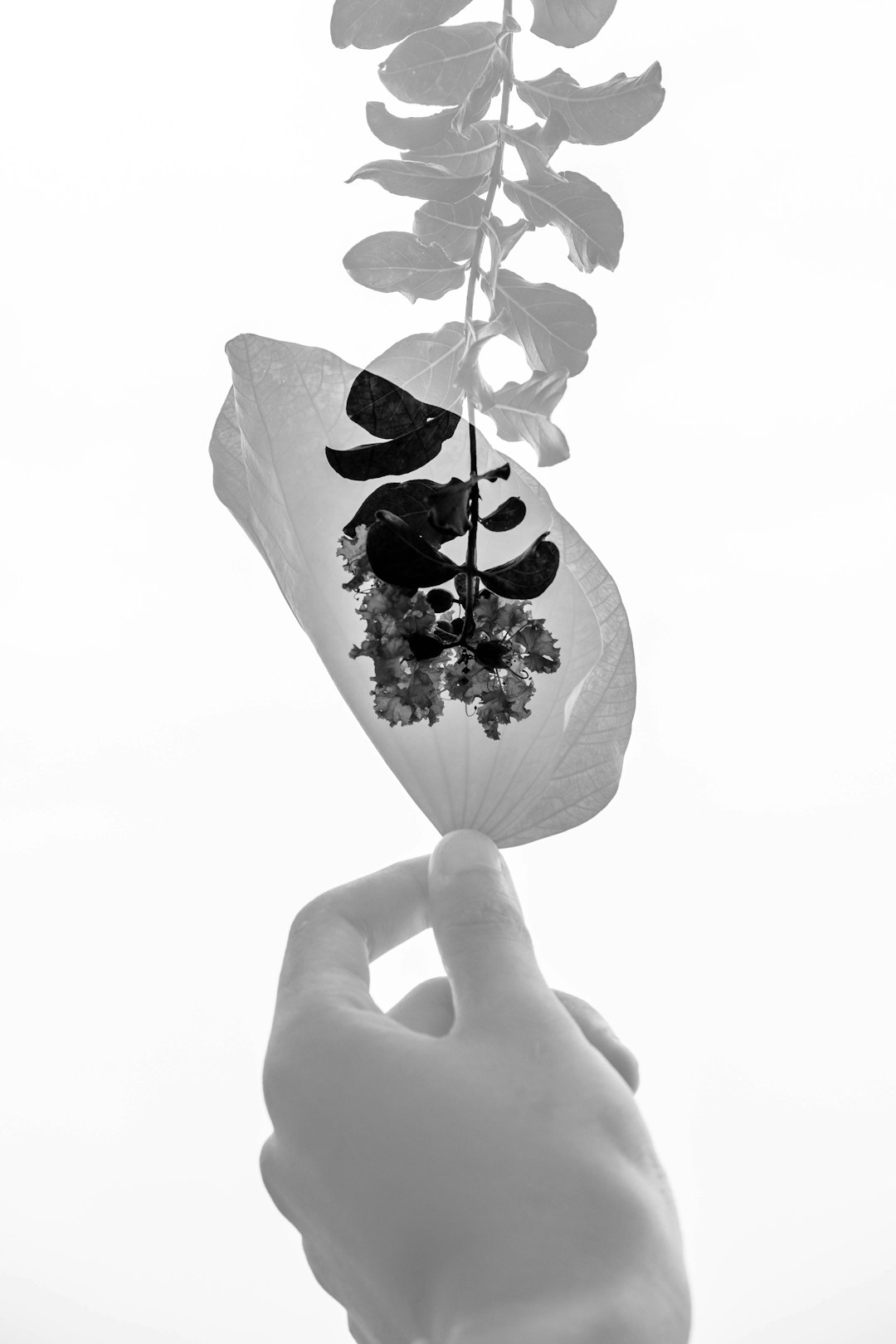
The Secret to Squirrel - Free Potted Plants
The Secret to Squirrel - Free Potted Plants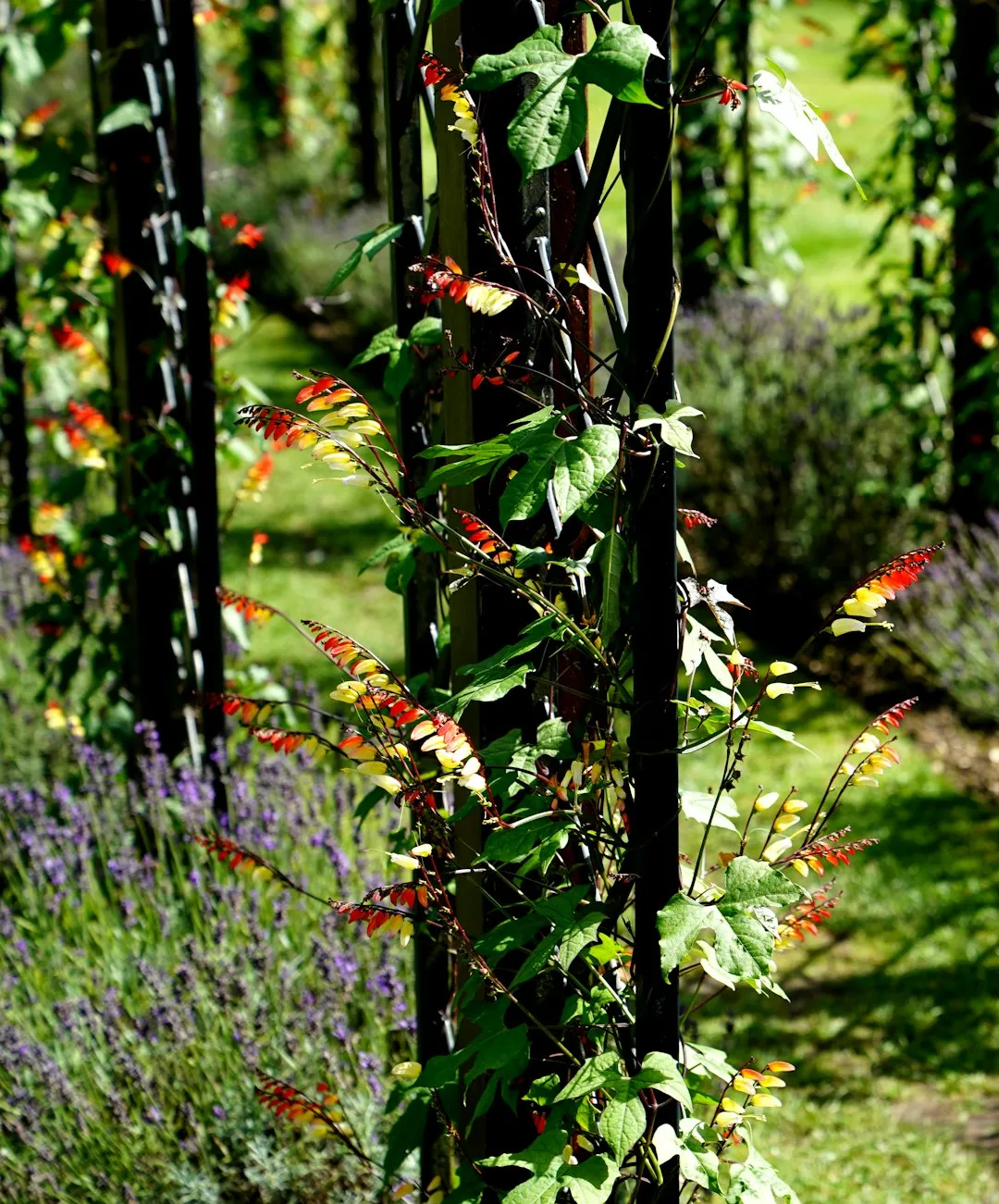
Sweet Rewards: Cultivating Berries in Containers
Sweet Rewards: Cultivating Berries in Containers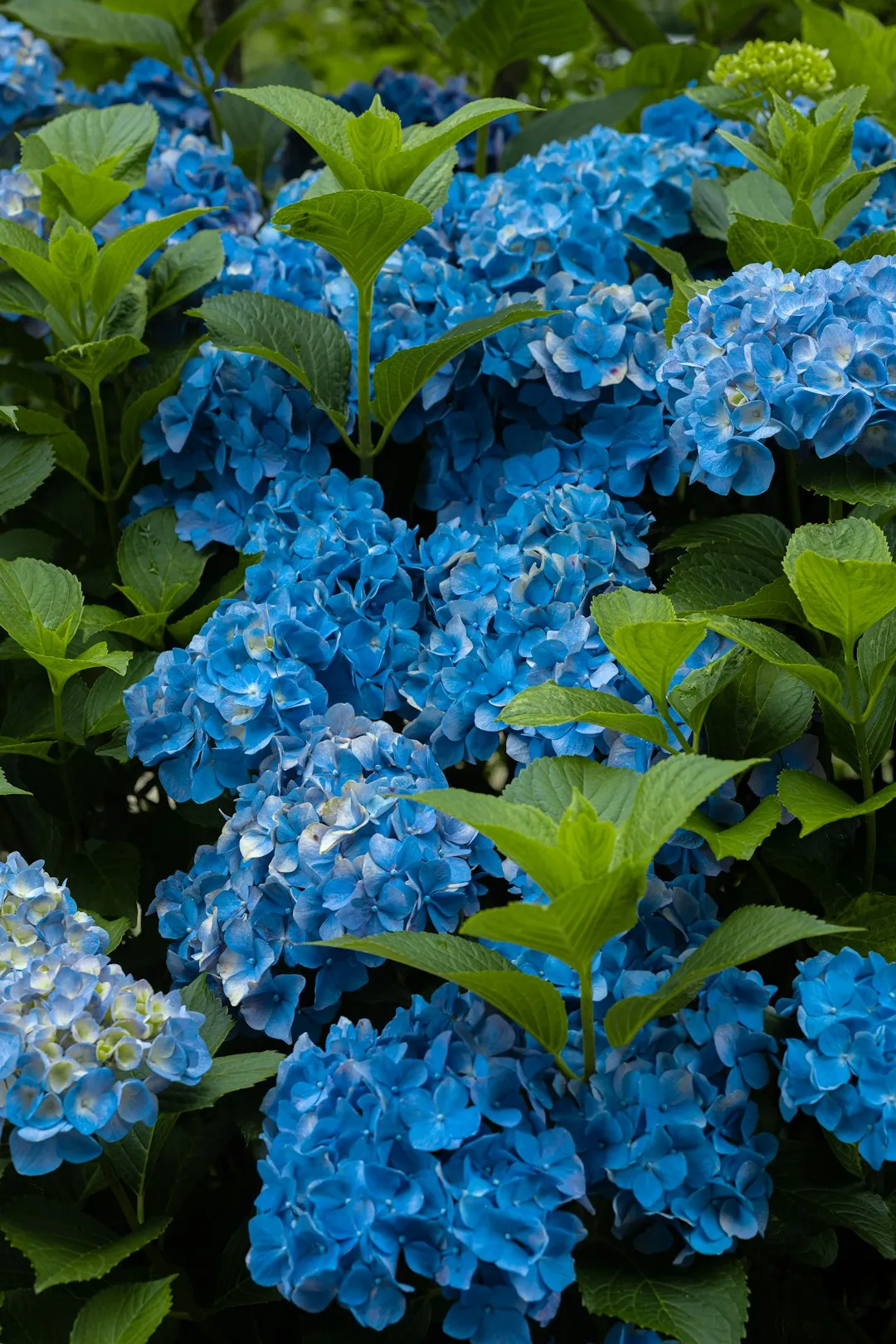
Unveiling the Secrets of a Stunning Lawn
Unveiling the Secrets of a Stunning Lawn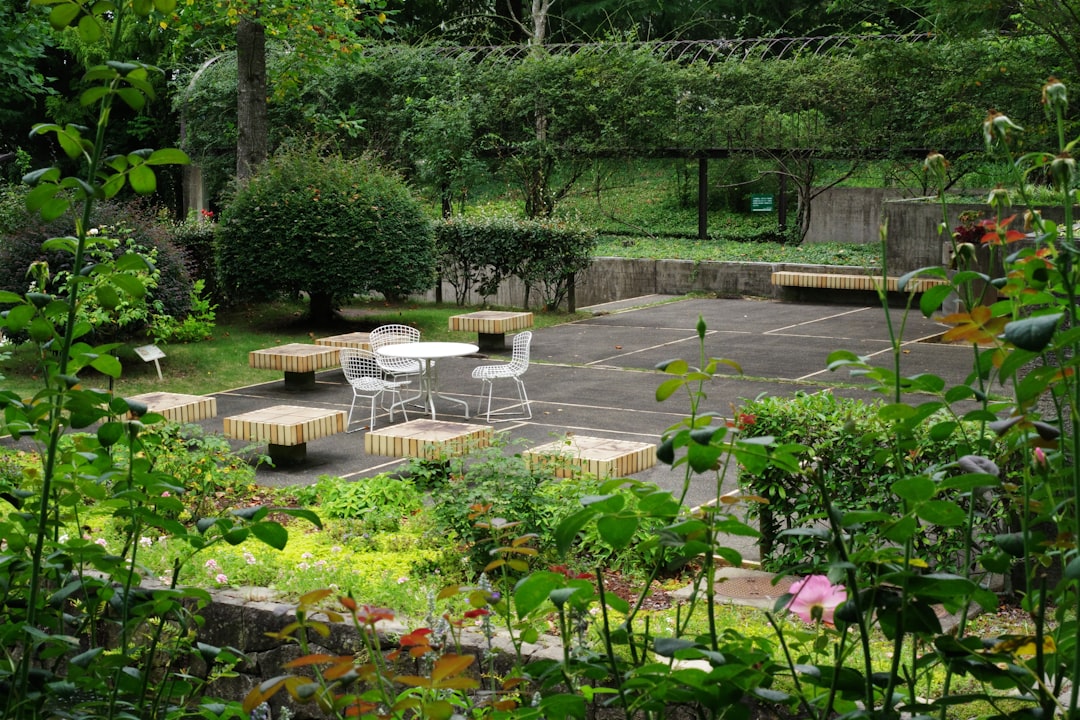
Fall Lawn Maintenance: The Key to a Healthy Yard in Winter
Fall Lawn Maintenance: The Key to a Healthy Yard in Winter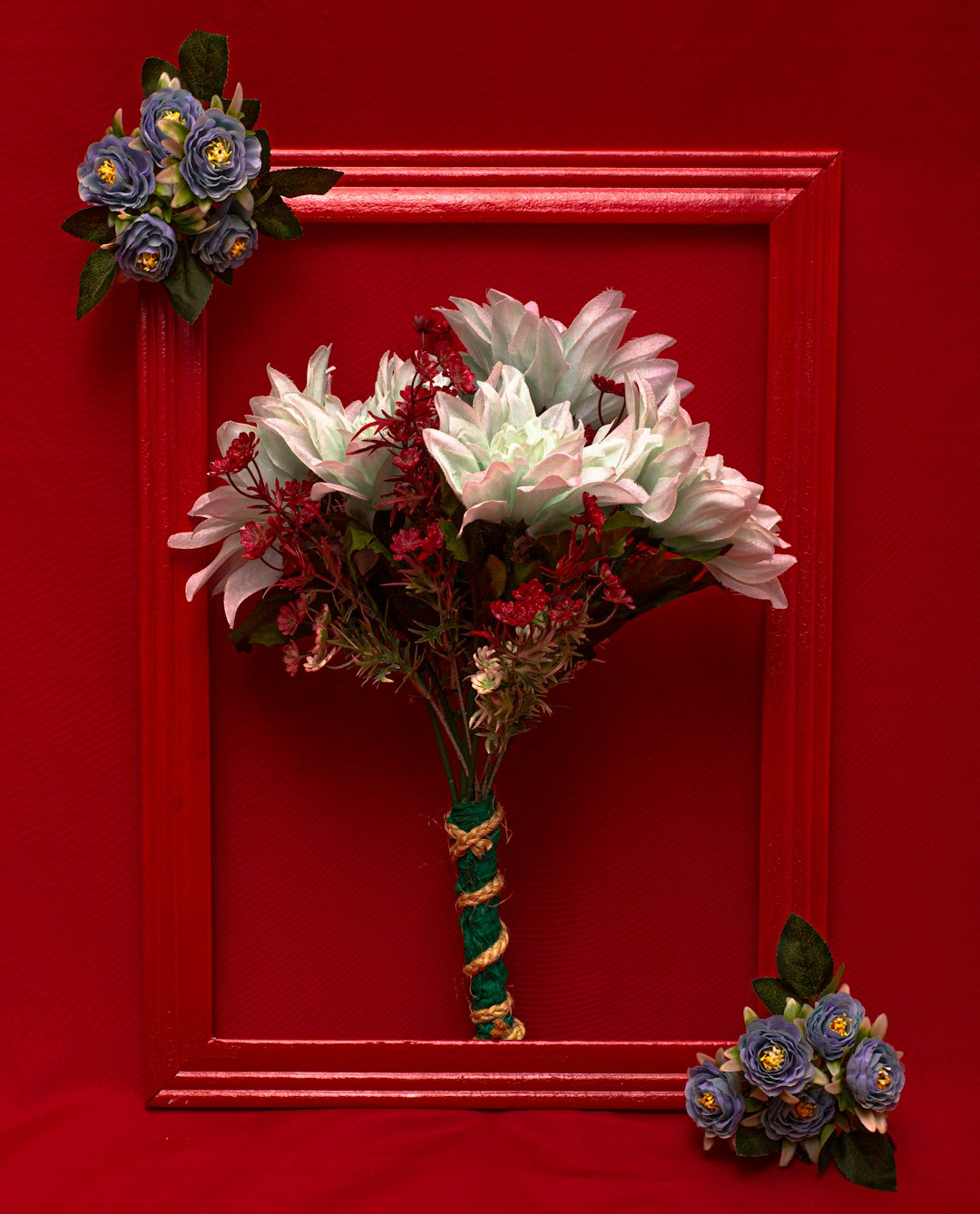
The Secret to Soil Amendment Without Uprooting Your Plants
The Secret to Soil Amendment Without Uprooting Your Plants
Unleash Your Garden's Potential: The Art of Seed Collection
Unleash Your Garden's Potential: The Art of Seed Collection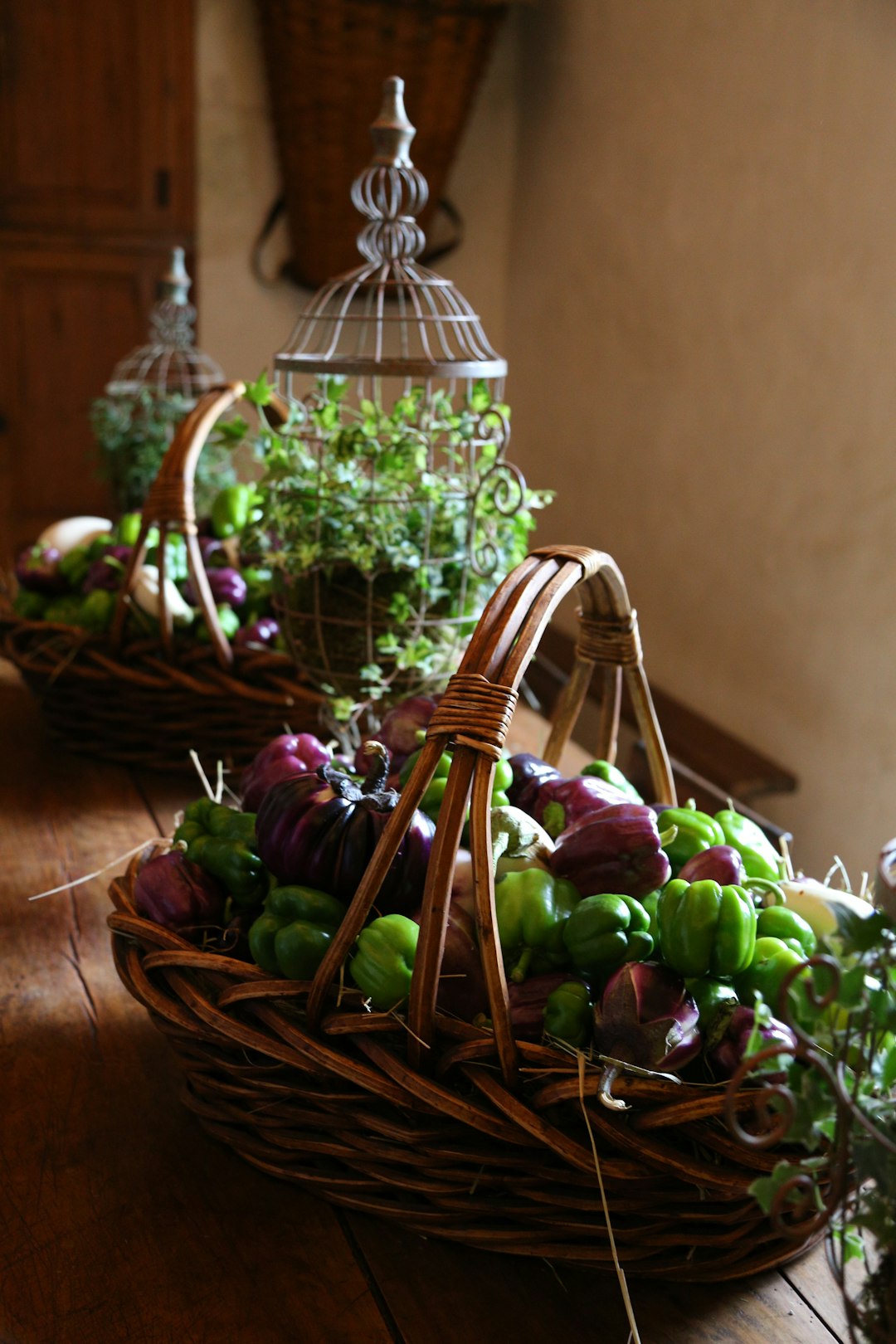
Pre - Summer Yard Care Essentials
Pre - Summer Yard Care Essentials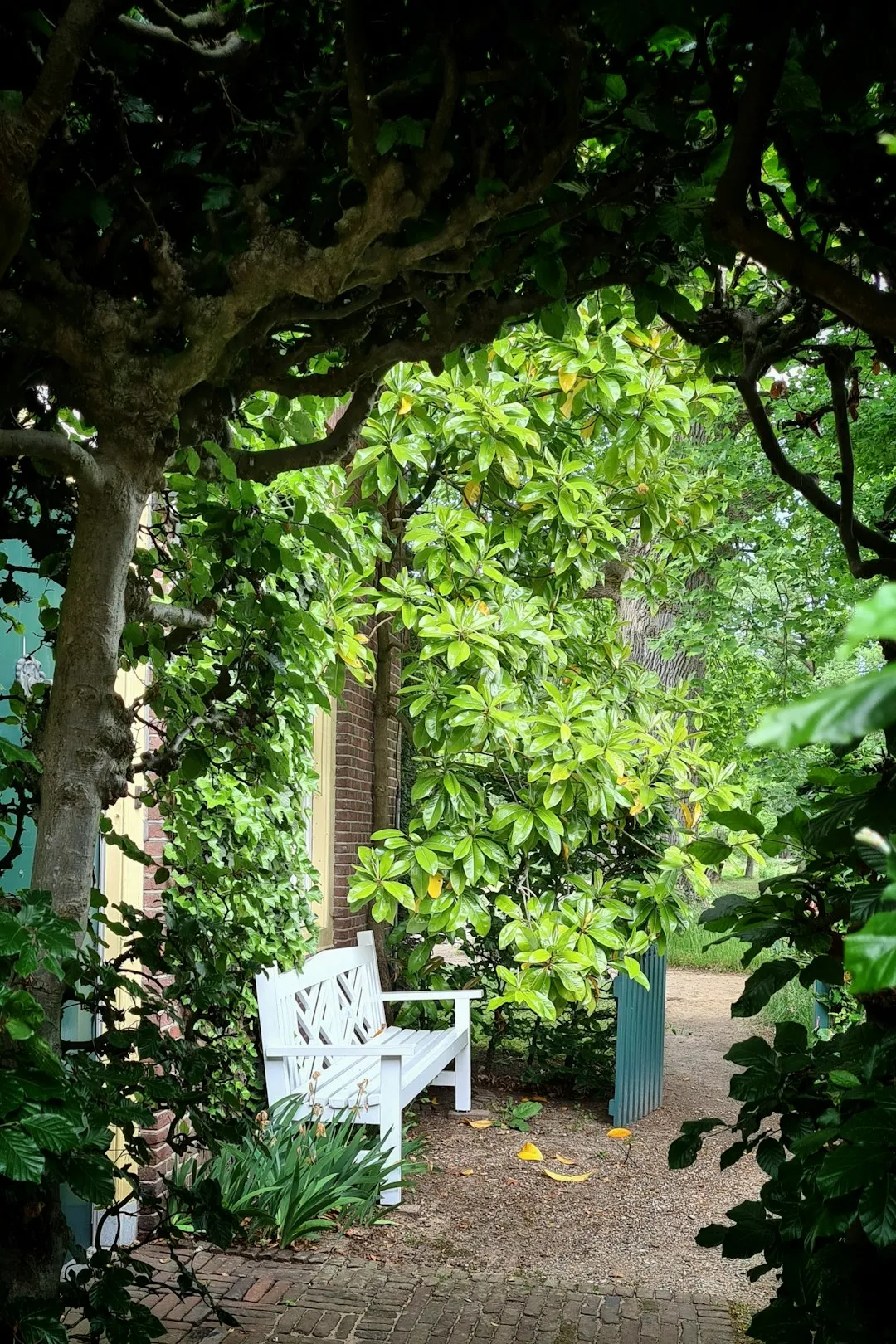
Weathering the Storm: Nurturing Your Garden in Extreme Conditions
Weathering the Storm: Nurturing Your Garden in Extreme Conditions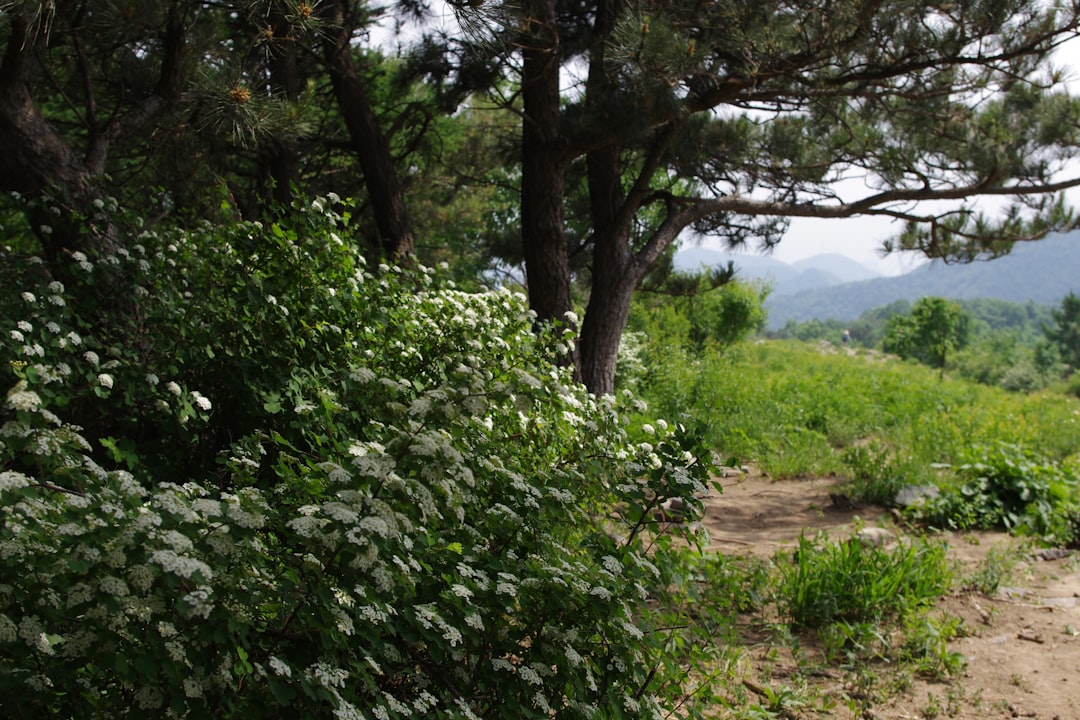
Summer Pruning: The 10 Flowering Plants to Leave Alone
Summer Pruning: The 10 Flowering Plants to Leave Alone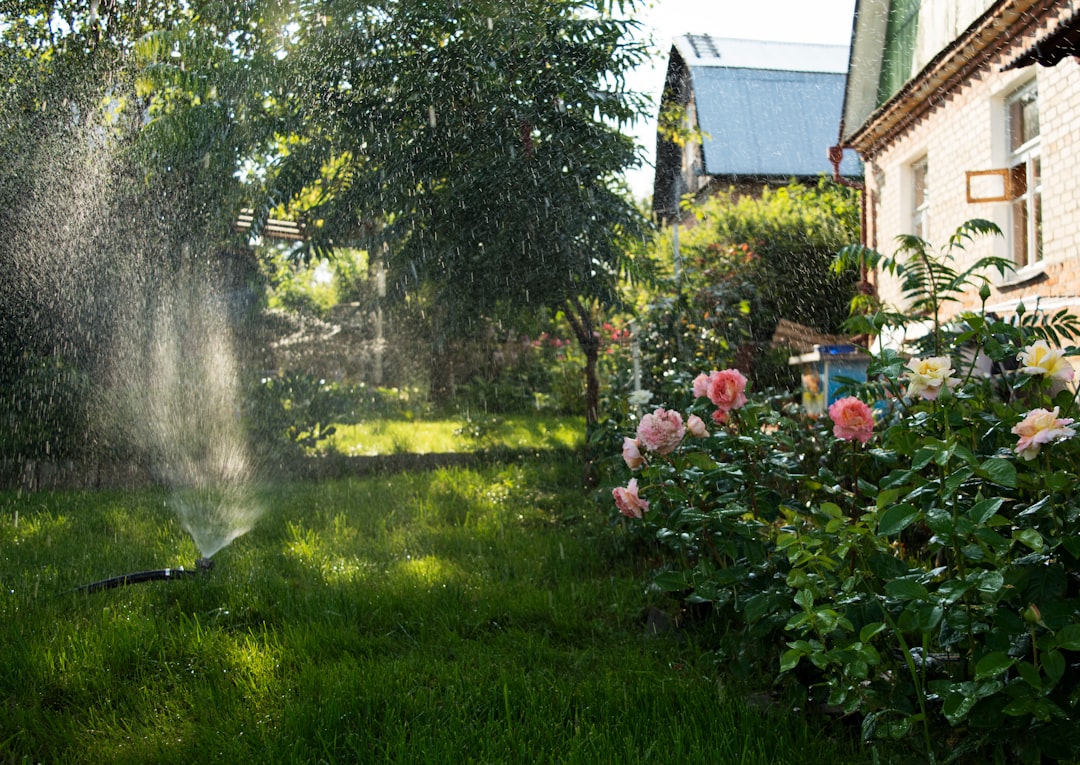
Unveiling the Hidden Gems of Perennial Gardening
Unveiling the Hidden Gems of Perennial Gardening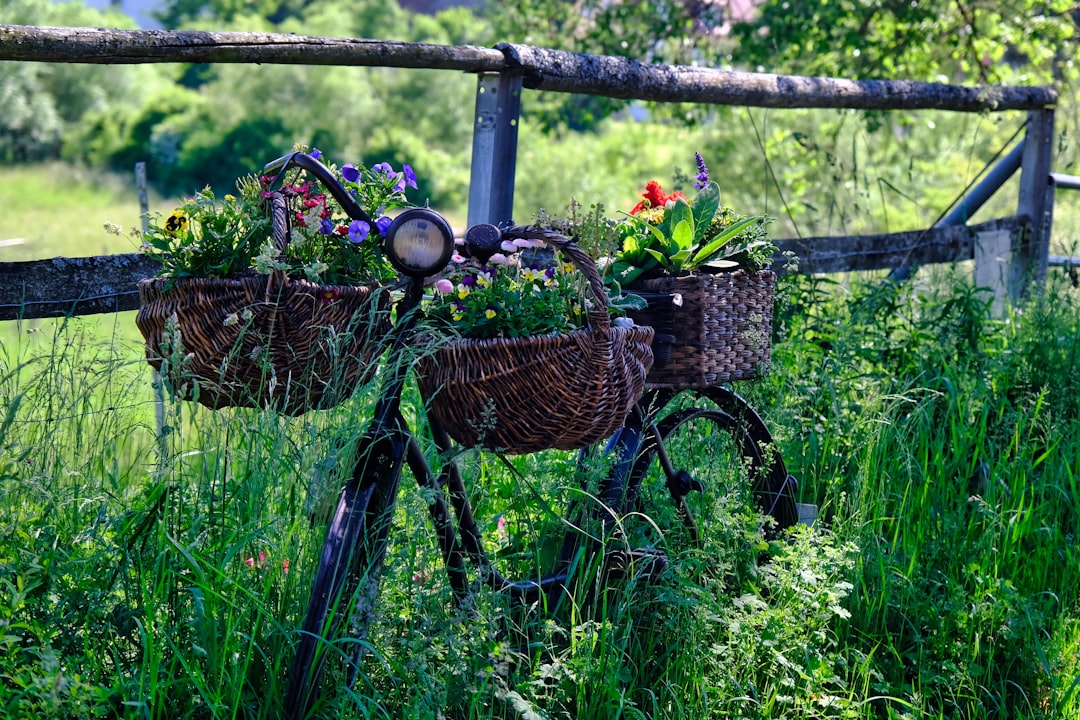
Unleashing the Beauty of Perennial Black - Eyed Susans in Your Garden
Unleashing the Beauty of Perennial Black - Eyed Susans in Your Garden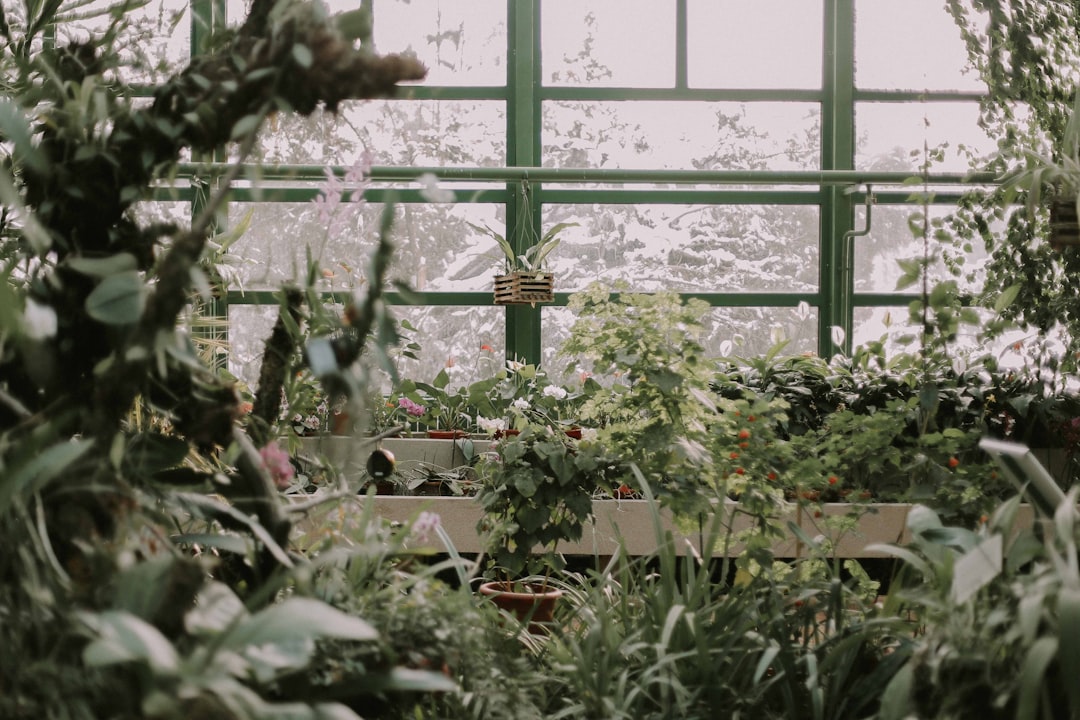
Unveiling the Secrets of Trillium Growth
Unveiling the Secrets of Trillium Growth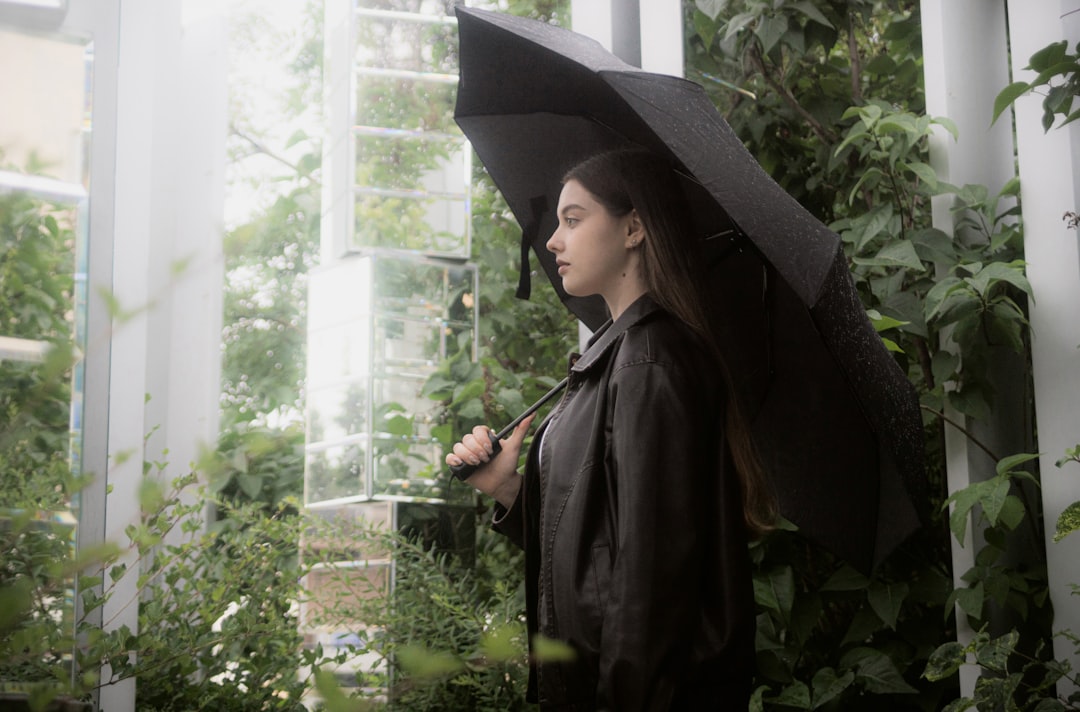
The All - Season Charm of Sedum Plants
The All - Season Charm of Sedum Plants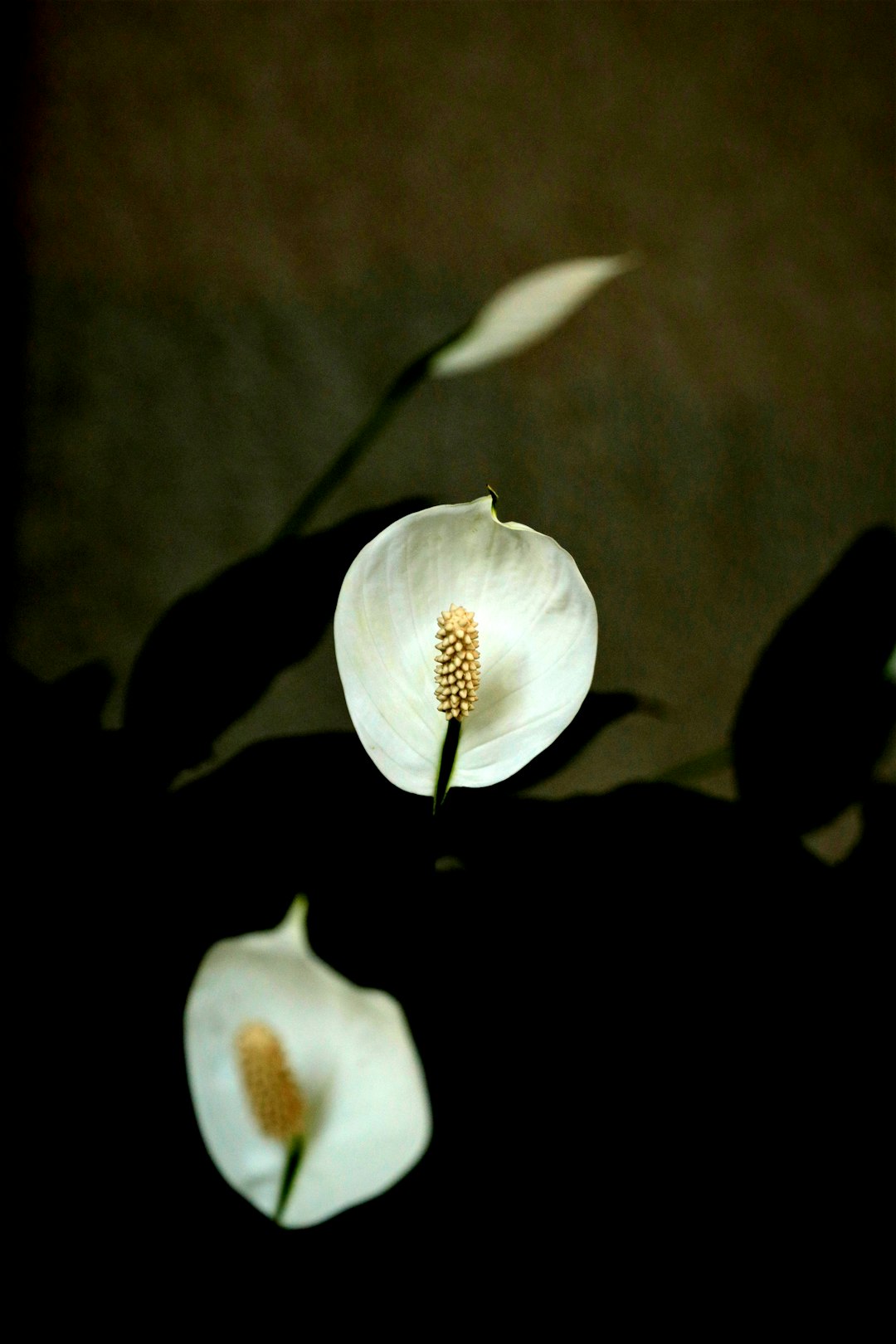
Banishing Snakes from Your Yard: Simple Solutions
Banishing Snakes from Your Yard: Simple Solutions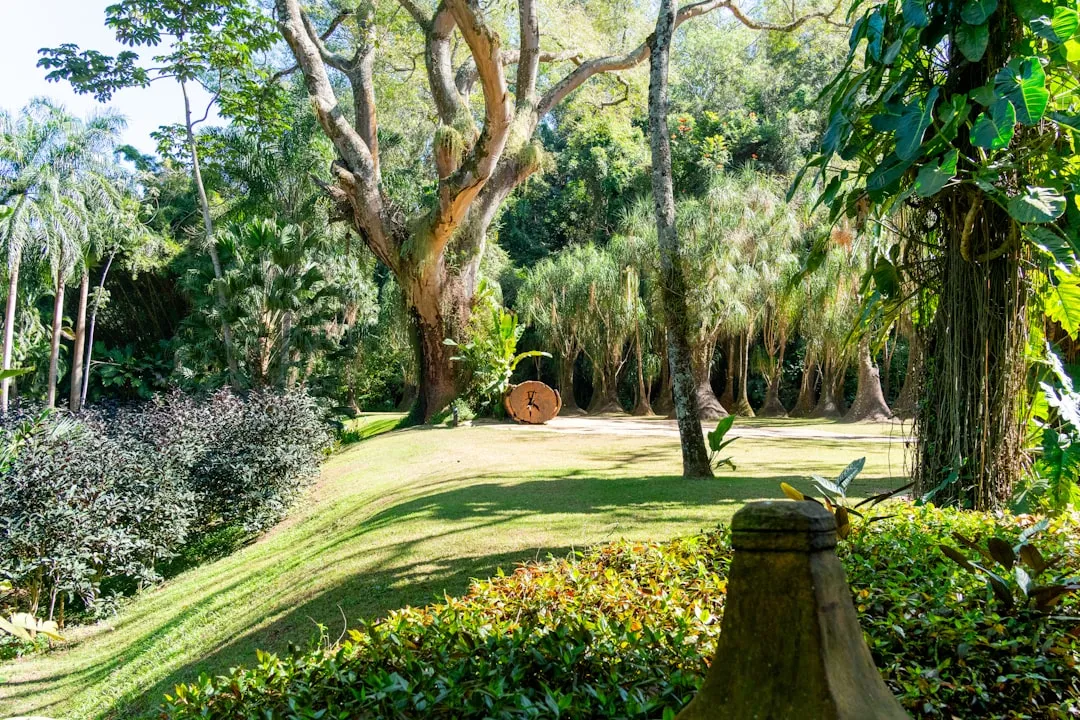
Secrets to a Bug - Free Garden: Conquering Squash Bugs Naturally
Secrets to a Bug - Free Garden: Conquering Squash Bugs Naturally
Transform Your Yard: Banish Crabgrass for Good
Transform Your Yard: Banish Crabgrass for Good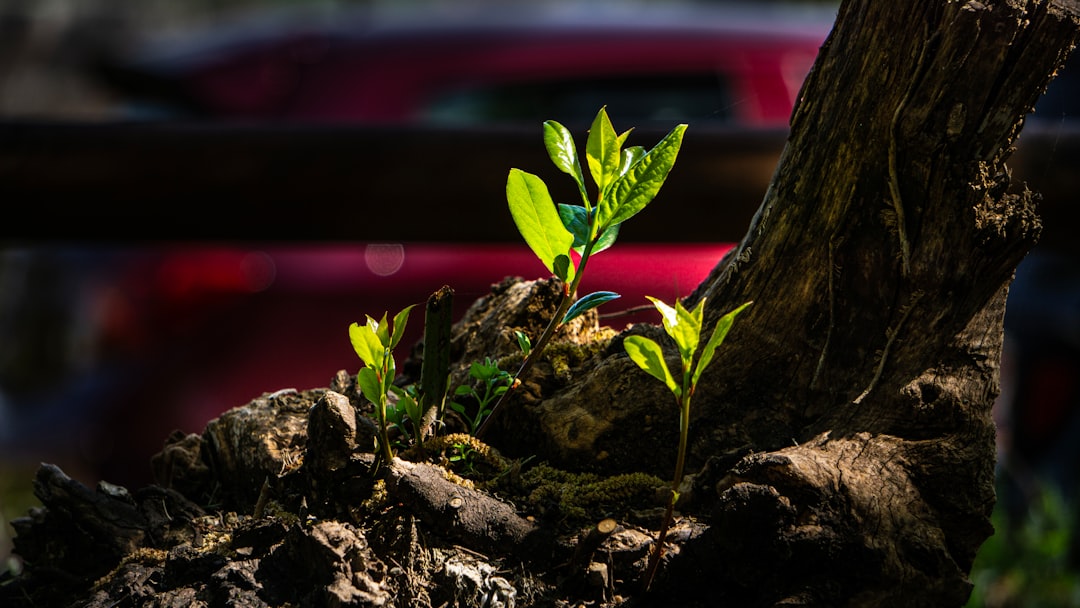
Unveiling the Wonders of a Low - Sun Garden
Unveiling the Wonders of a Low - Sun Garden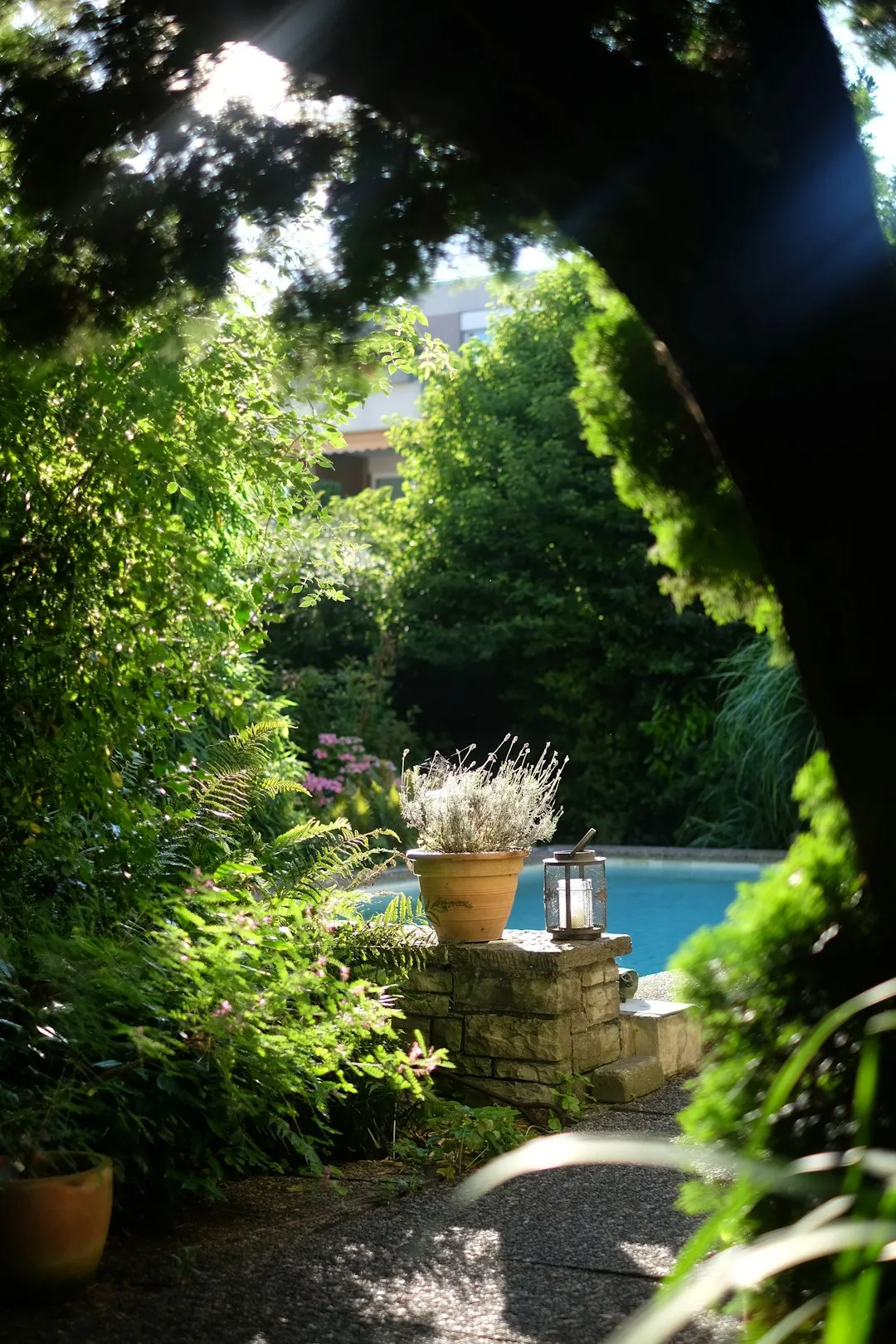
Unleash Your Garden's Potential: The Magic of Lasagna Gardening
Unleash Your Garden's Potential: The Magic of Lasagna Gardening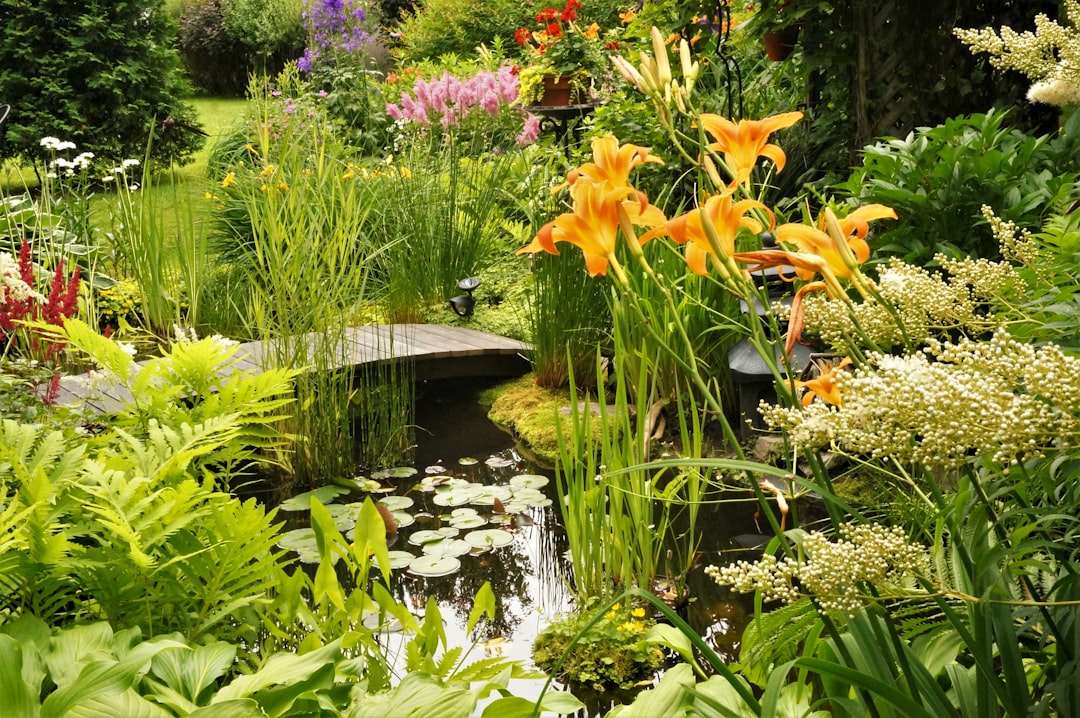
Unveiling the Mysteries of Lunar Gardening
Unveiling the Mysteries of Lunar Gardening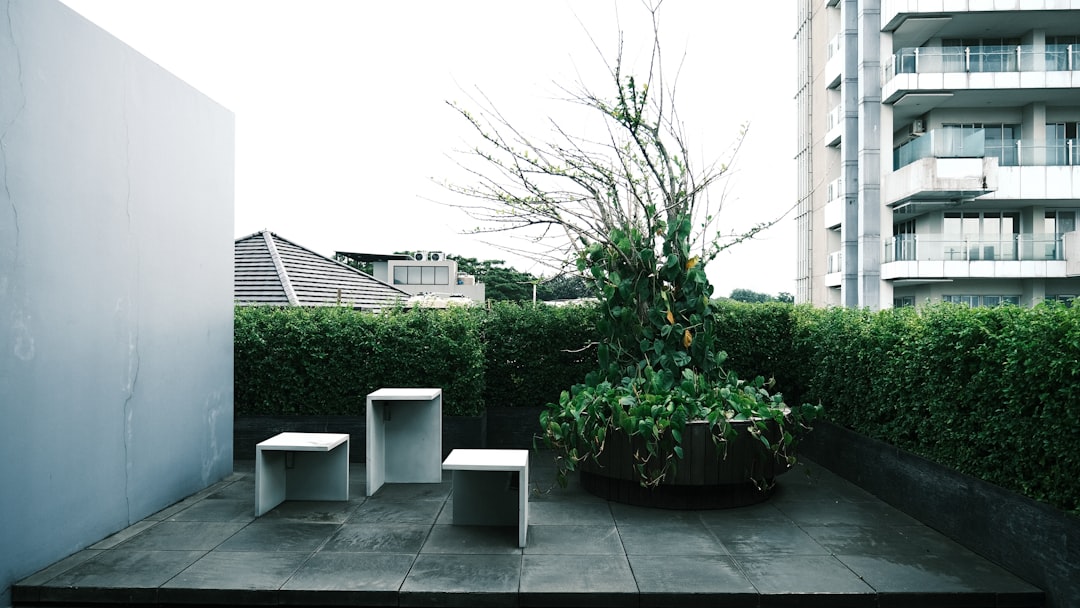
Unleash Your Inner Herbalist: A Guide to Indoor Herb Gardening
Unleash Your Inner Herbalist: A Guide to Indoor Herb Gardening